Affiliate links on Android Authority may earn us a commission. Learn more.
Moto X review (video)
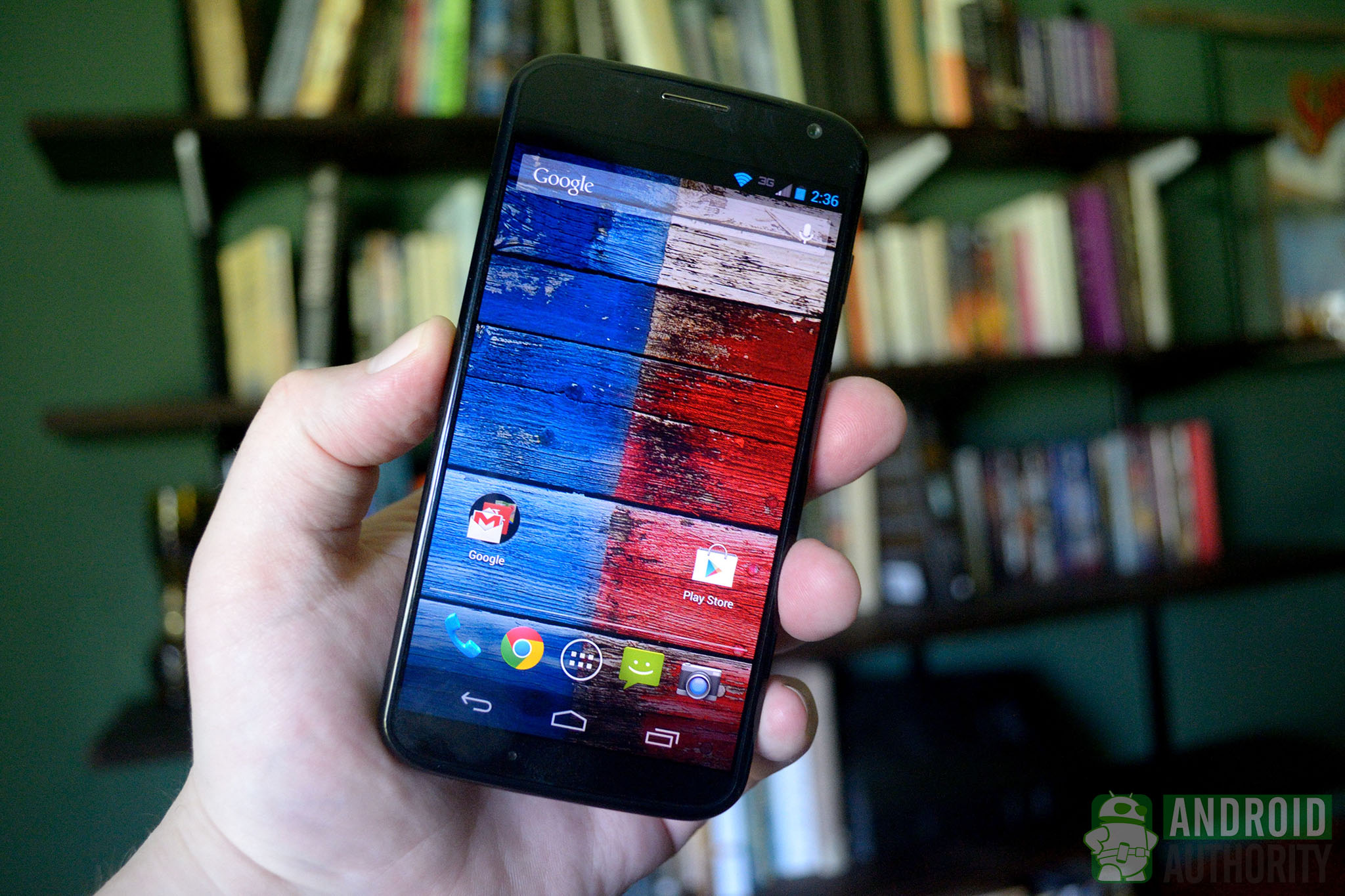
After months of a constant flow of Moto X rumors, Motorola finally took the red curtains off of it, revealing a pretty slick device that doesn’t need hardware to show what it’s worth. Is it impressive? Absolutely. Does it live up to the hype? Find out in our review.
At the press event on New York, Motorola said they started with the shape of the phone and built everything around that from the display to the battery. They wanted to build a phone that was easy to use and comfortable to handle. Motorola was successful here, making the phone feel like a natural extension of yourself.
The Moto X has the usual buttons and ports. Power button and volume rocker can be found on the right side, while the SIM slot is on the left. Then you have your usual audio jack up top and the microUSB port at the bottom.
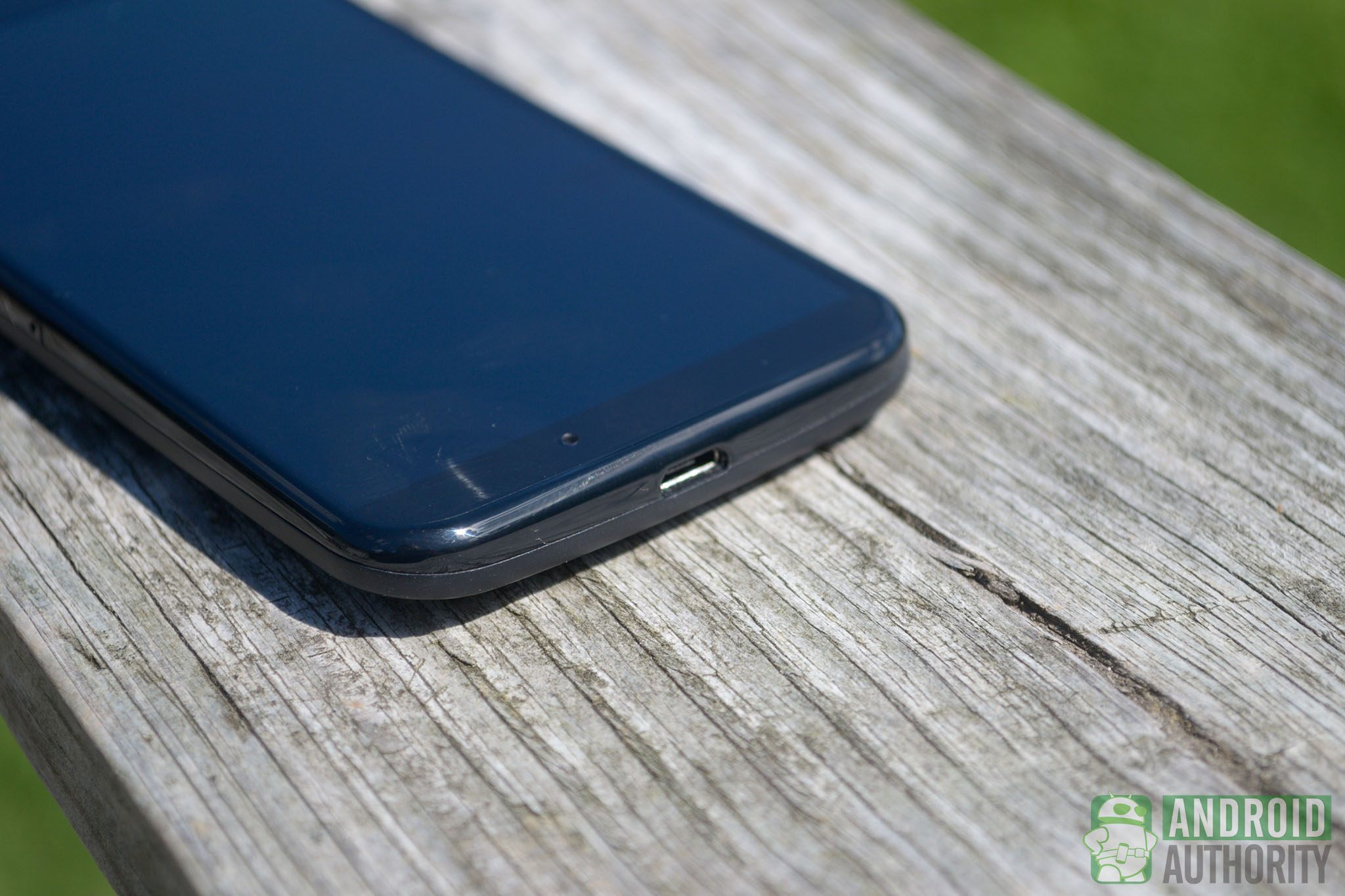
The Moto X sports an awesome 4.7-inch AMOLED panel, which has made a lot of people upset, specifically because the Moto X does not feature a 1080p display. While 1080p displays are quickly becoming the norm, and even though I cringe at anything less, this is a very nice display nonetheless.
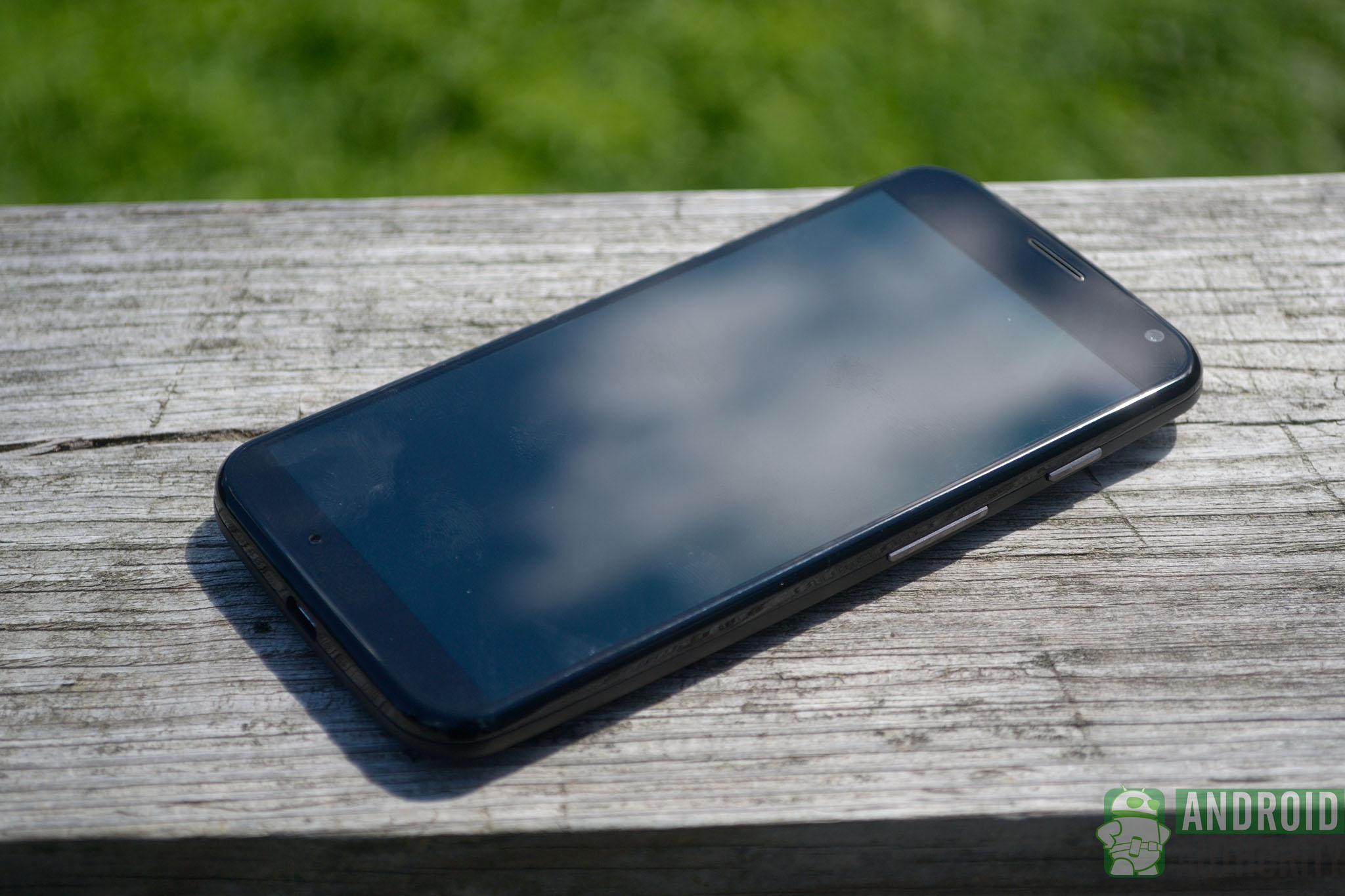
70% of the phone’s surface is screen, and the display here is both very sharp and very vivid, even given the somewhat comparatively low pixel density. I’ll get into this more later, but this has a side effect of being very good for performance, and I’d say anyone who is disappointed in the Moto X should take a look at the physical device before making up their minds.
Of course, the story of the Moto X’s display lies with the new Active Display technology, which lights up only a small portion of the pixels just to show you notifications. This happens when you flip your phone over, take it out of your pocket, or even when you walk up to it, in some cases. Honestly, this is a major overhaul and improvement over the notification LED.
The Moto X features a beautiful 4.7-inch 720p display, and under the hood we have the X8 Mobile Computing System, featuring a 1.7GHz dual core Snapdragon S4 Pro CPU, a quad core Adreno 320 GPU, and two other low power chips. Then you have your standard 2GB of RAM and 16GB of internal storage. The turn off here is that there is no microSD card slot.
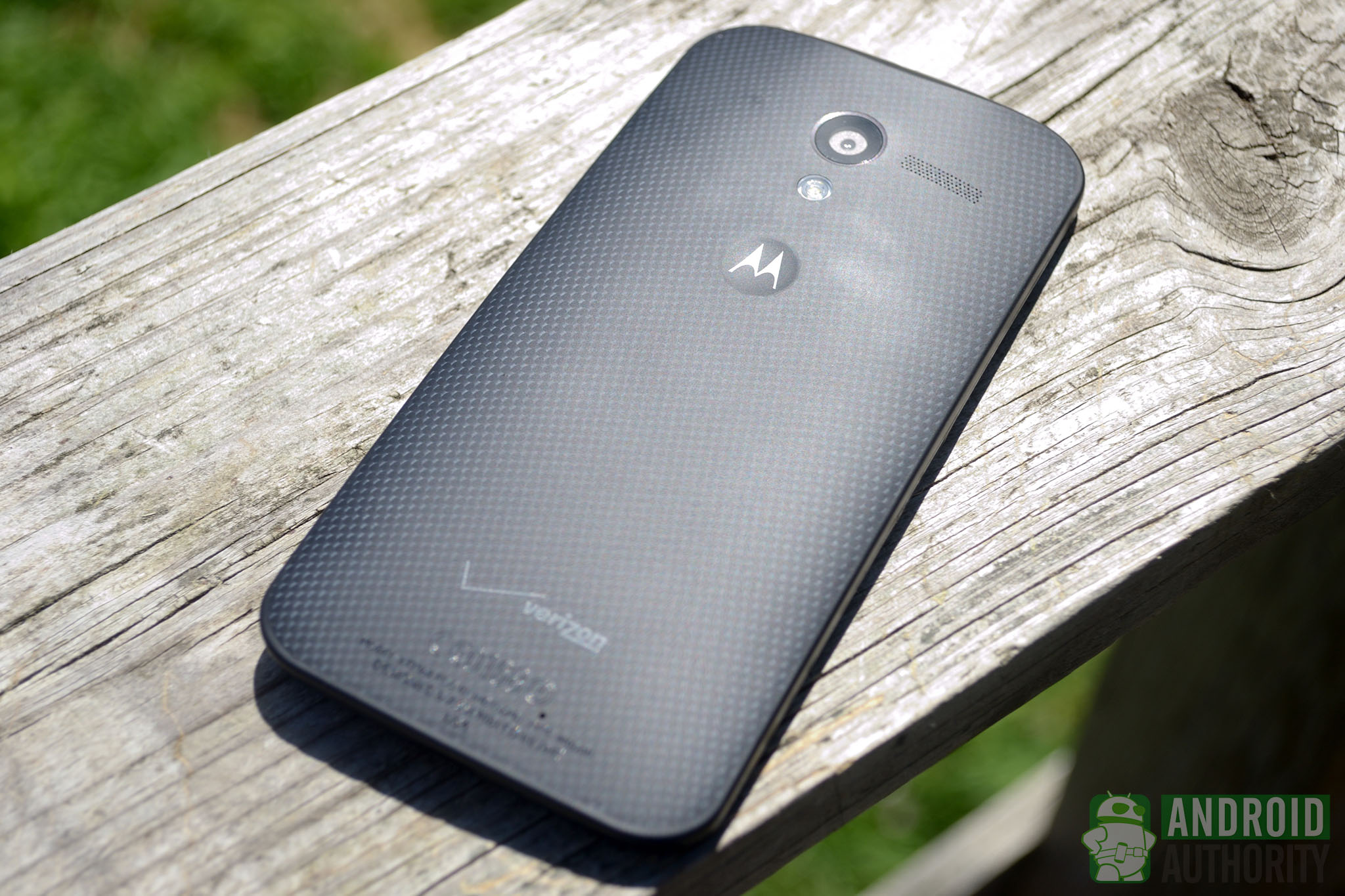
In a world where the value and worth of an device is based on high clock speeds and multiple cores, it’s tough to gauge the Moto X’s performance based solely on specs. So, let’s bring out the benchmarks!
Starting with our usual weapon of choice, we ran AnTuTu a total of ten times, all yielding different results. Scores ranged from just over 18,000 to just over an impressive 19,000. Pur final average score came in at 18,676. Looking at these scores, Motorola has certainly done something impressive with the X8 system.
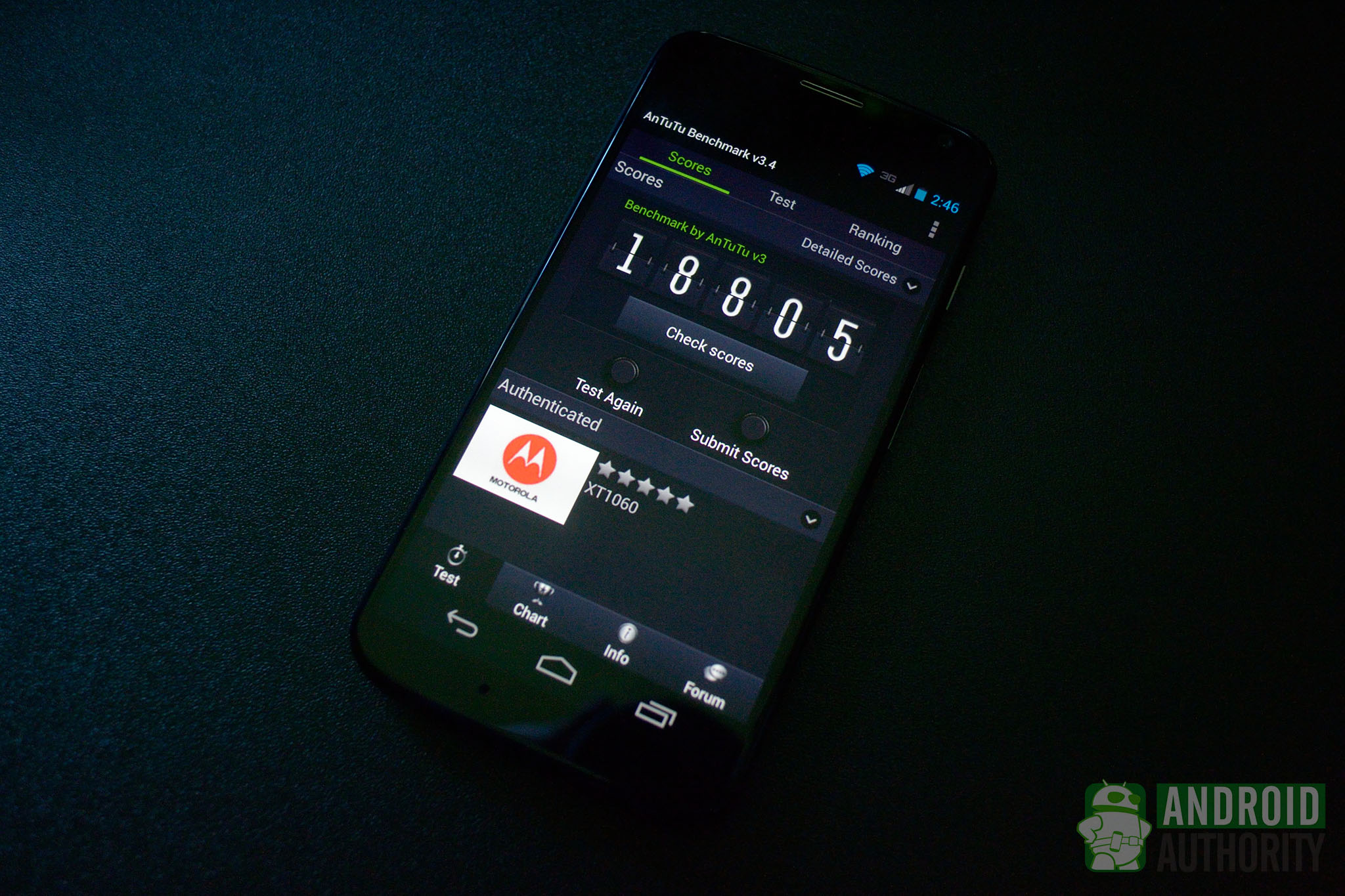
The combination of the tried and true Adreno 320 GPU and the 720p resolution yielded similarly impressive performance results in Epic Citadel. Running the benchmark in all three quality modes, Ultra High Quality ran at an average frame rate of 58.8 frames per second with High Quality running at 58.9 frames per second. Finally, and unsurprisingly, the High Performance mode came in at 59.4 frames per second.
Real world use was just as impressive. Scrolling through home screens and the app drawer was always smooth, and while viewers of our first impressions pointed out that there was a little bit of lag in the Google Play Music app, others pointed out that this happens on every phone.
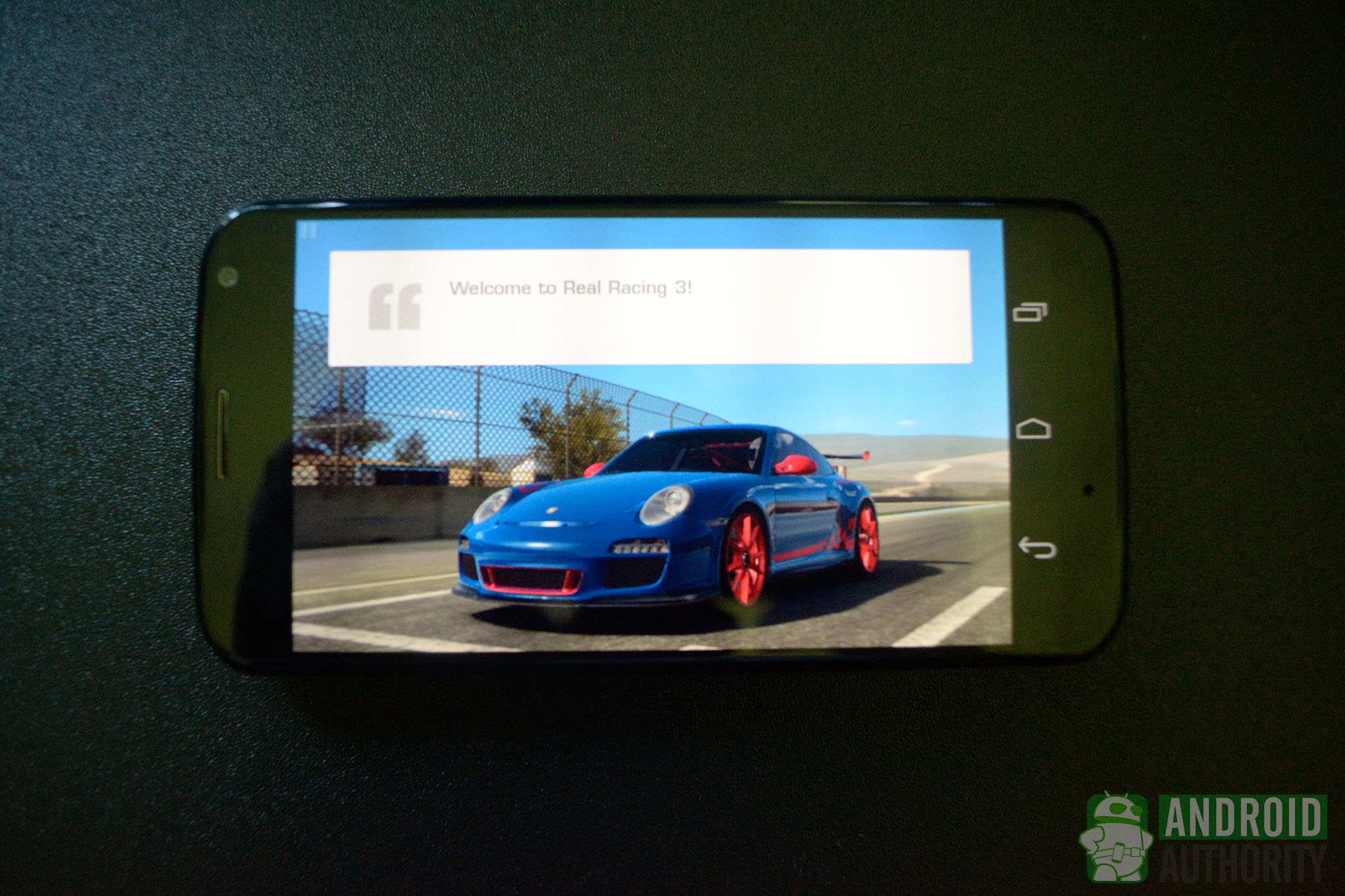
Gaming performance was excellent. Testing a few titles like Real Racing 3 and Shadowgun: Dead Zone, both ran beautifully without any lag.
I was skeptical when Motorola said the Moto X’s 2,200 mAh unit could last up to 24 hours, but actually, that was playing it safe. In my experience the Moto X lasted two days without a charge. I was heavily benchmarking the device for game performance, and was generally putting the device through its paces. It really has an impressive battery.
And that’s a really good thing since it isn’t replaceable. In order to keep the side down while maintaining the rounded shape on the back of the Moto X, Motorola needed to use a specially shaped battery. Luckily, you shouldn’t have to worry about carrying a spare.
There’s been a lot of talk surrounding the Moto X’s Clear Pixel camera and the fact that it uses a RGBC sensor that adds additional light information not present in a standard RGB Bayer sensor. In practice, it’s a hit and miss.
The RGBC sensor, similar in some ways to HTC’s Ultrapixel, is supposed to improve low-light photography, and I noticed that photos taken in low-light situations were definitely better than expected. Regardless of that, there was still some noticeable visual noise in a lot of the shots I took, to the point where it looked like someone just cranked up the brightness on a dark photo.
While that is a small downside, the 10-megapixel camera on the Moto X can take some very nice photos. Many of the shots I took had very nice crisp detail without that over-sharp look that a lot of modern smartphones unfortunately use.
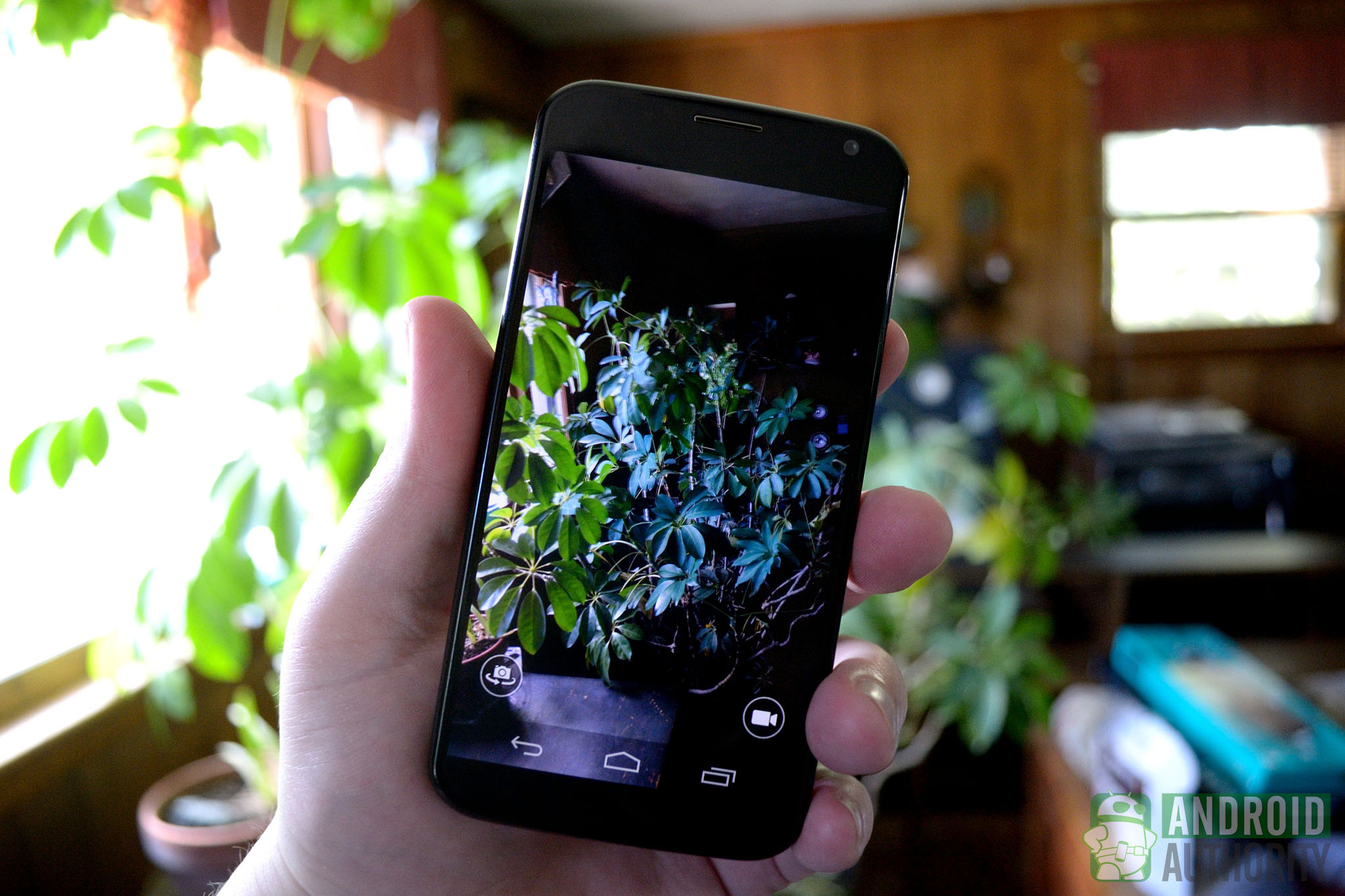
As for the camera UI, well, there isn’t much of one most of the time, and that’s great. You can use a gesture to launch the camera app, and if you want to take a photo, just tap anywhere on the screen. If you want to access additional, finer controls, simply swipe to the right, and to look at the gallery, just swipe to the left. It’s really nice.
Like any modern smartphone worth its salt, the Moto X shoots 1080p video. It’s usable, but both the auto-brightness and auto-focus are way too aggressive, and the artifacting present in still photos is noticeable here as well.


The Moto X runs Android 4.2.2. It’s not the latest flavor of Jelly Bean, but it’s pretty darn close, and many of our readers will be pleased to know that this is stock Android, with just a few minor interface enhancements from Motorola.
For the few interface enhancements, we have Active Display, which we talked about earlier, and then there’s Touchless Control, more commonly known as Google Now. While it’s not a big deal, bing able to say “OK, Google Now” and have your phone light up from across the room is very handy.

With Active Display and Touchless Control, I’m already beginning to hate using the power button on so many other phones.
As for bloatware, it really depends on your carrier of choice. In my case, I have a review unit from Verizon, so there’s preloaded apps like Verizon Tones and Quickoffice. However, whichever carrier you use, the Motorola’s Assist app is included, which has modes and settings for different events, such as driving, sleeping or attending a meeting. It’s one of the few preloaded apps that doesn’t get in the way.
When it comes down to it, the Moto X is a very solid device, and it’s unique in that it focuses on what it actually does than simply providing the specs and focusing on what it could do. Price wise, the handset is up there with the HTCOne and Galaxy S4 at $199.99 on a new two-year contract.
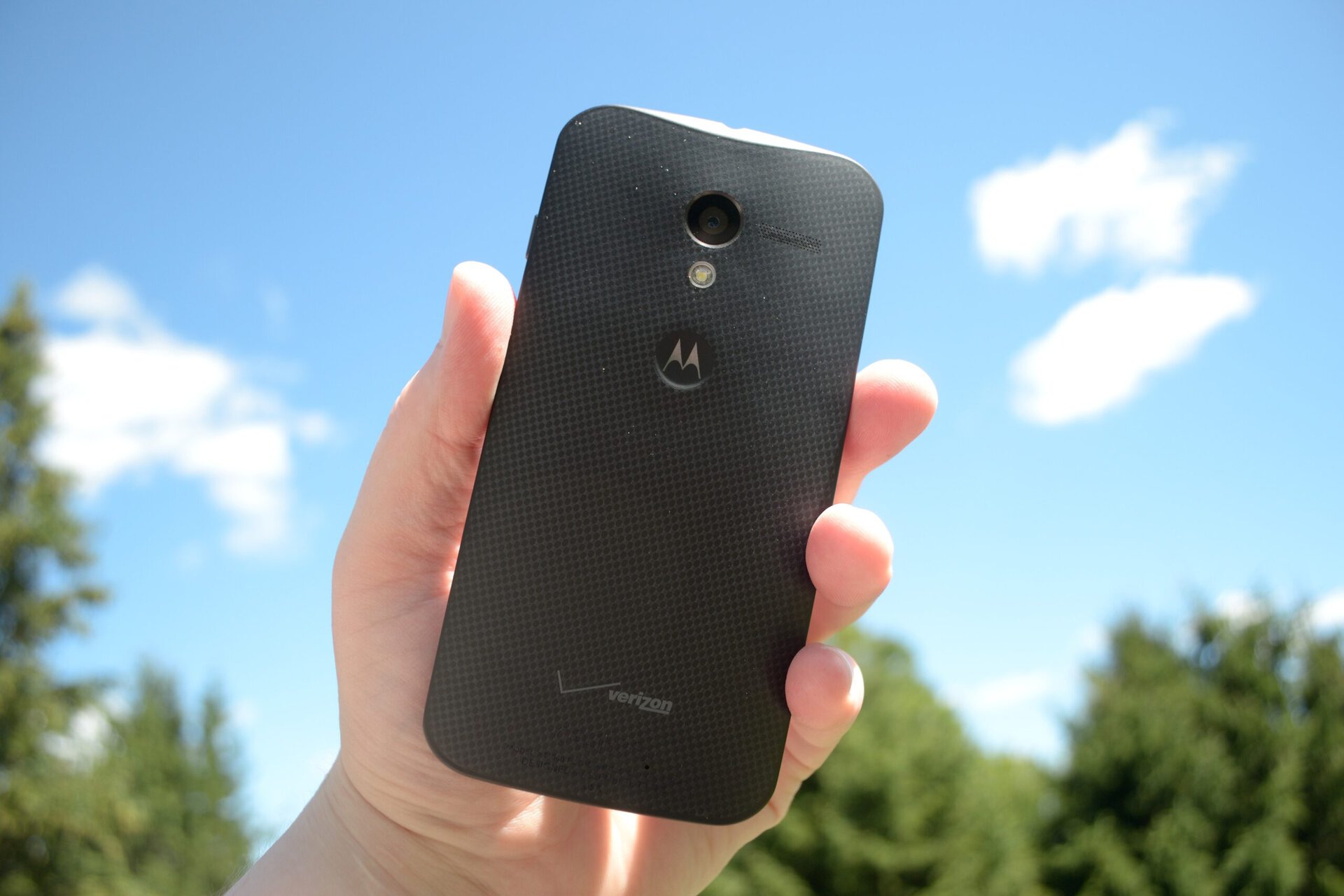
Being a mid range device, is it worth the price? Definitely. Will everyone agree? Probably not.
Brad Ward contributed to this review